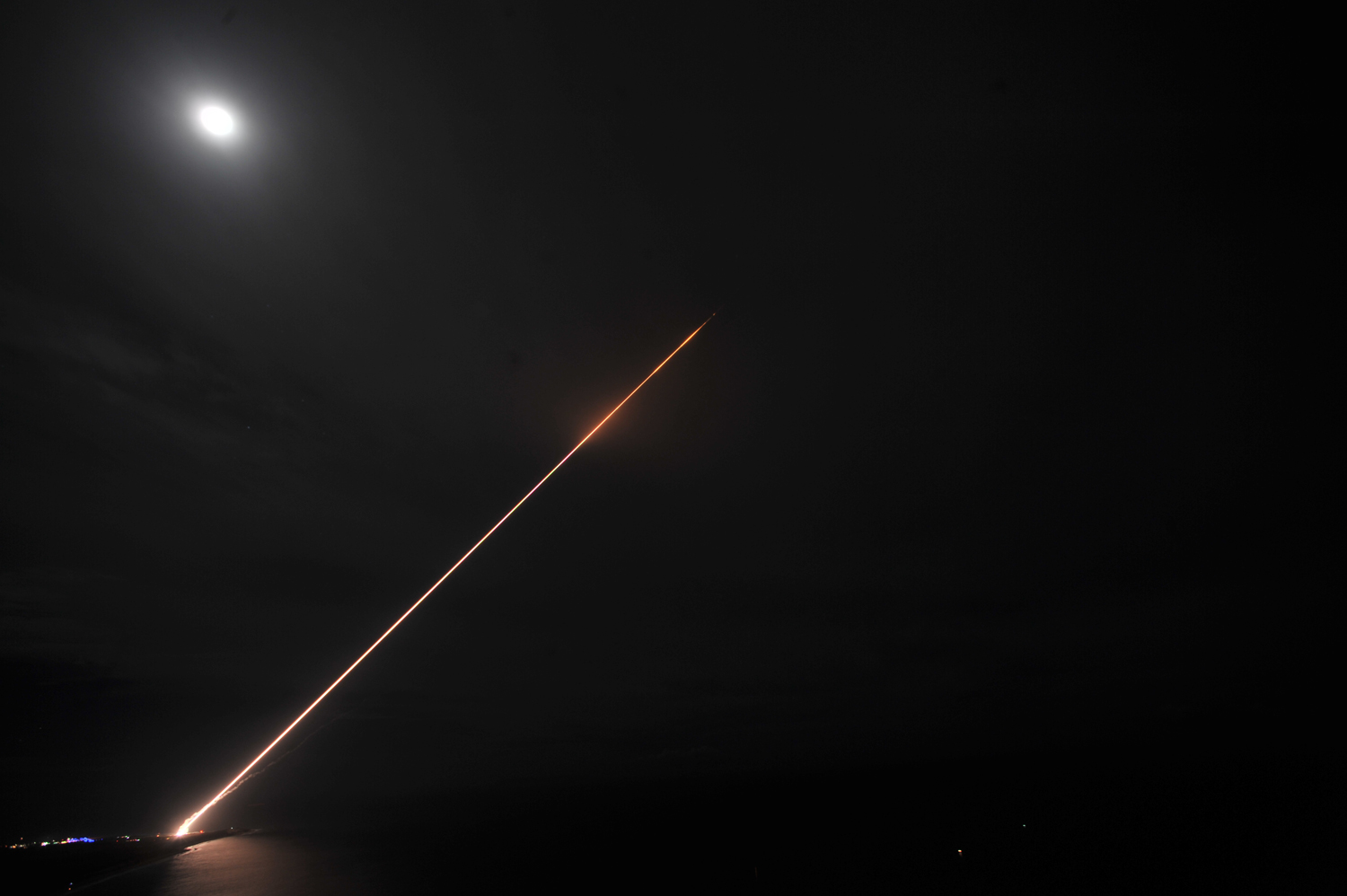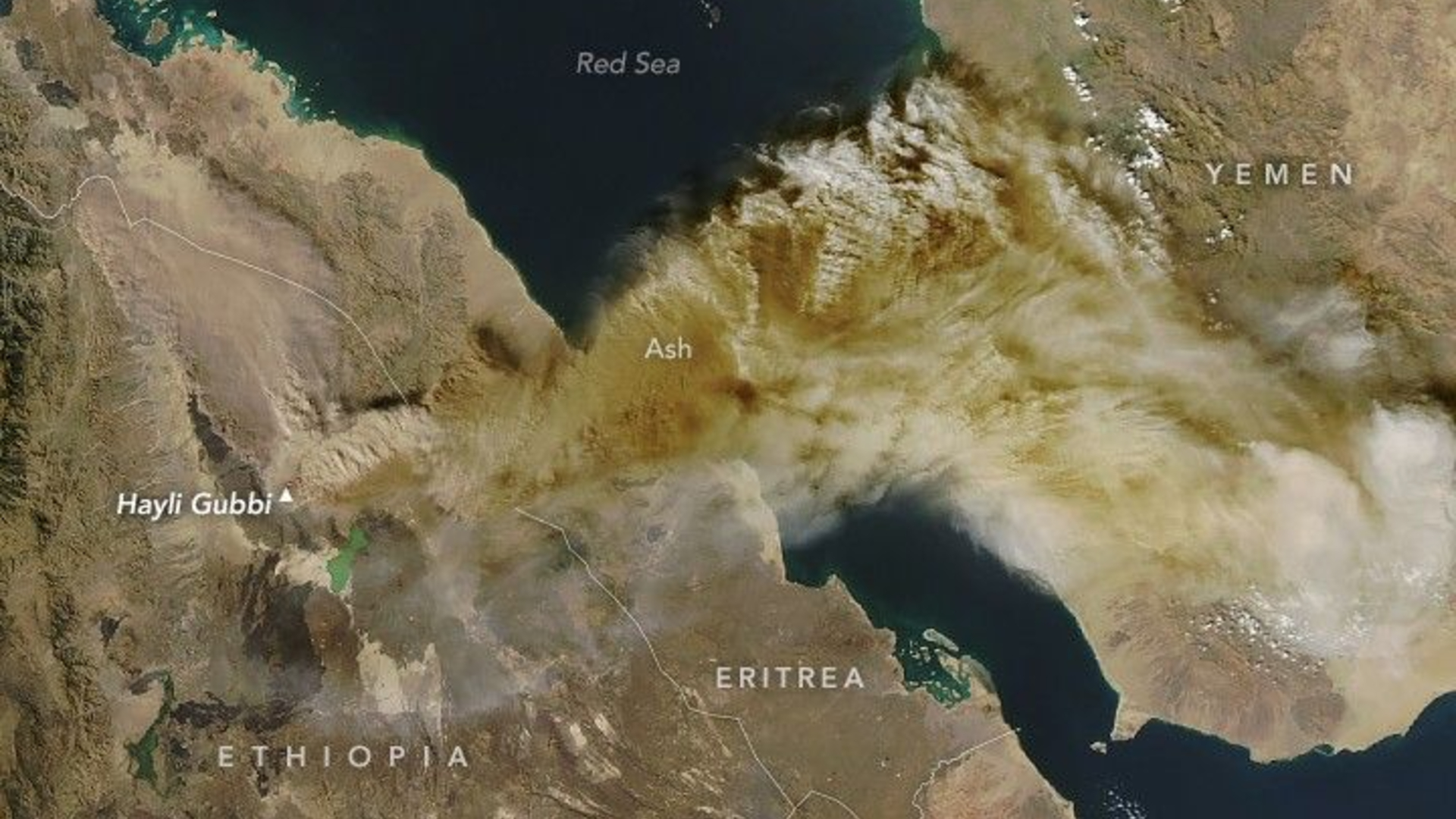Converted Ballistic Missiles Could Launch Aid to Disaster Zones

It may be the purest distillation of the swords-to-plowshares idea yet imagined.
The best way to send much-needed supplies to isolated communities in the wake of an asteroid impact, tsunami or other natural disaster may be to launch them atop converted intercontinental ballistic missiles (ICBMs), one researcher says.
One such missile — outfitted to land its payload softly, of course — could get thousands of pounds of food and water, or power-providing generators, to a devastated area within an hour or so, potentially saving many lives, said Huai-Chien Chang, a doctoral student in space architecture at the University of Tokyo.
Chang isn't sure how much such a suborbital relief mission would cost, but he thinks the availability of mothballed American and Russian ICBMs would take a big bite out of the price tag.
"These rocket engines are still functioning. If we could use these engines, the cost would be very much reduced," Chang told SPACE.com last month at the American Institute of Aeronautics and Astronautics' Space 2013 conference in San Diego, where he presented his idea during a poster session.
Repurposing ICBMs for peaceful use is far from unprecedented. For example, the first three stages of the new five-stage Minotaur V rocket, built by Virginia-based aerospace firm Orbital Sciences, are solid-fueled motors recycled from decommissioned American Peacekeeper missiles.
Chang acknowledges that relief missiles would fill a decidedly niche need, servicing only hard-hit communities that are too difficult to reach quickly by truck, boat or aircraft.
Breaking space news, the latest updates on rocket launches, skywatching events and more!
"The situations would be very rare, except for islands in the Pacific [Ocean], parts of mainland China and Antarctica," he said.
But meeting the basic survival needs of potentially vulnerable people — even if they number in the thousands or millions rather than the billions — is still a worthy humanitarian goal, he added.
"I'd like to see something like this happen before the next big disaster hits," Chang said.
Follow Mike Wall on Twitter @michaeldwall and Google+. Follow us @Spacedotcom, Facebook or Google+. Originally published on SPACE.com.

Michael Wall is a Senior Space Writer with Space.com and joined the team in 2010. He primarily covers exoplanets, spaceflight and military space, but has been known to dabble in the space art beat. His book about the search for alien life, "Out There," was published on Nov. 13, 2018. Before becoming a science writer, Michael worked as a herpetologist and wildlife biologist. He has a Ph.D. in evolutionary biology from the University of Sydney, Australia, a bachelor's degree from the University of Arizona, and a graduate certificate in science writing from the University of California, Santa Cruz. To find out what his latest project is, you can follow Michael on Twitter.
